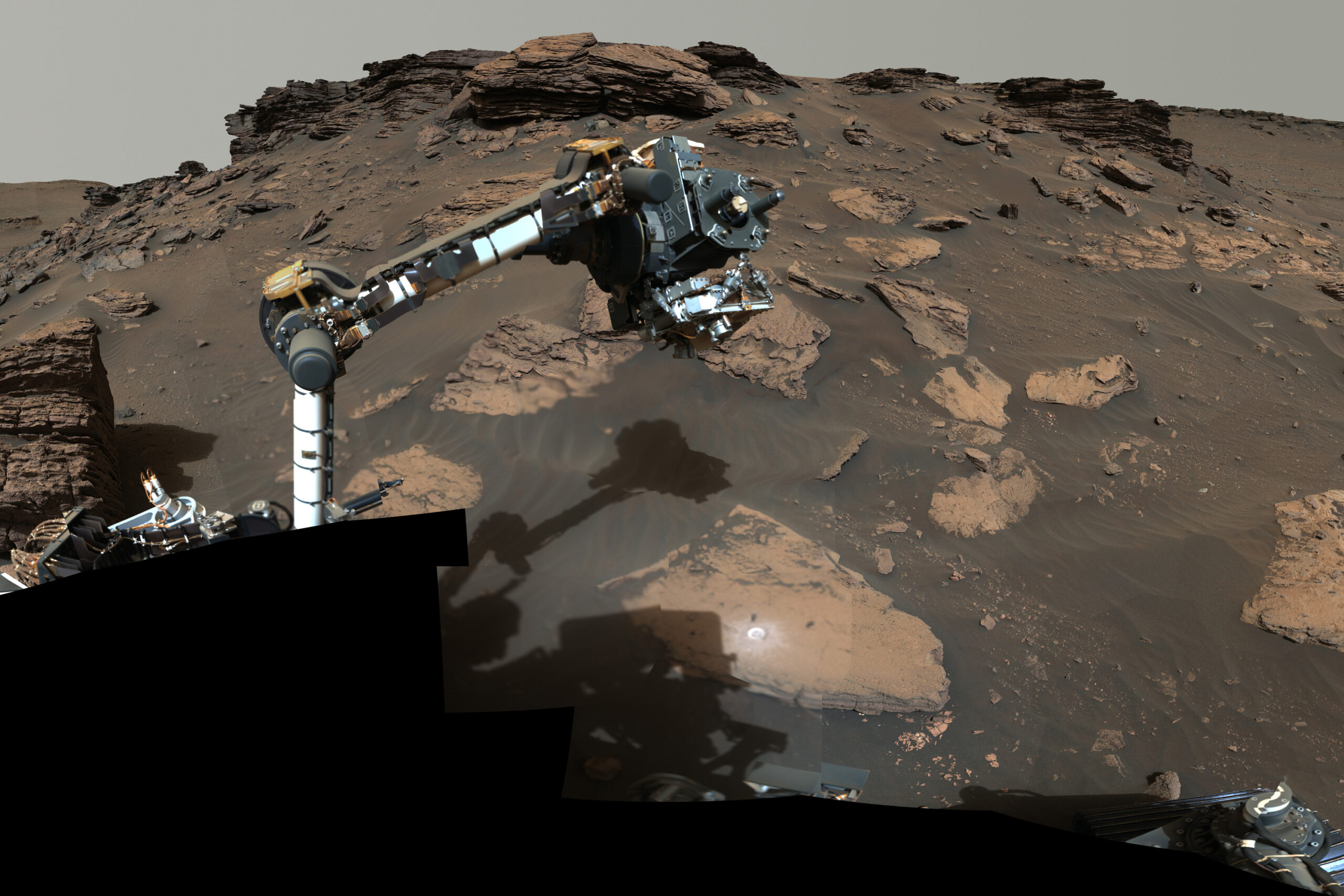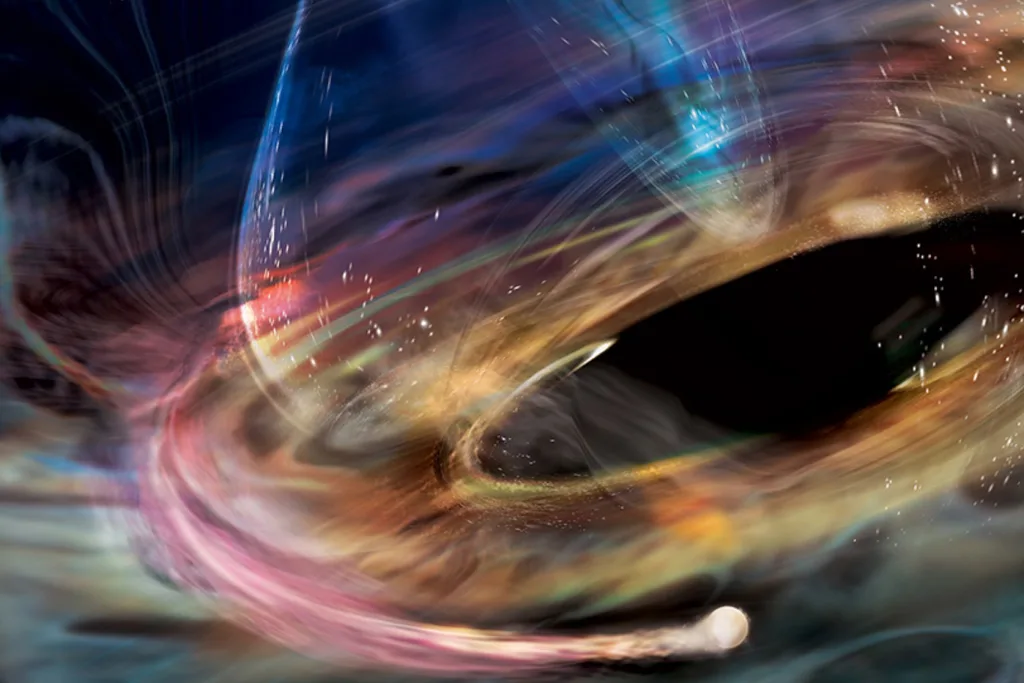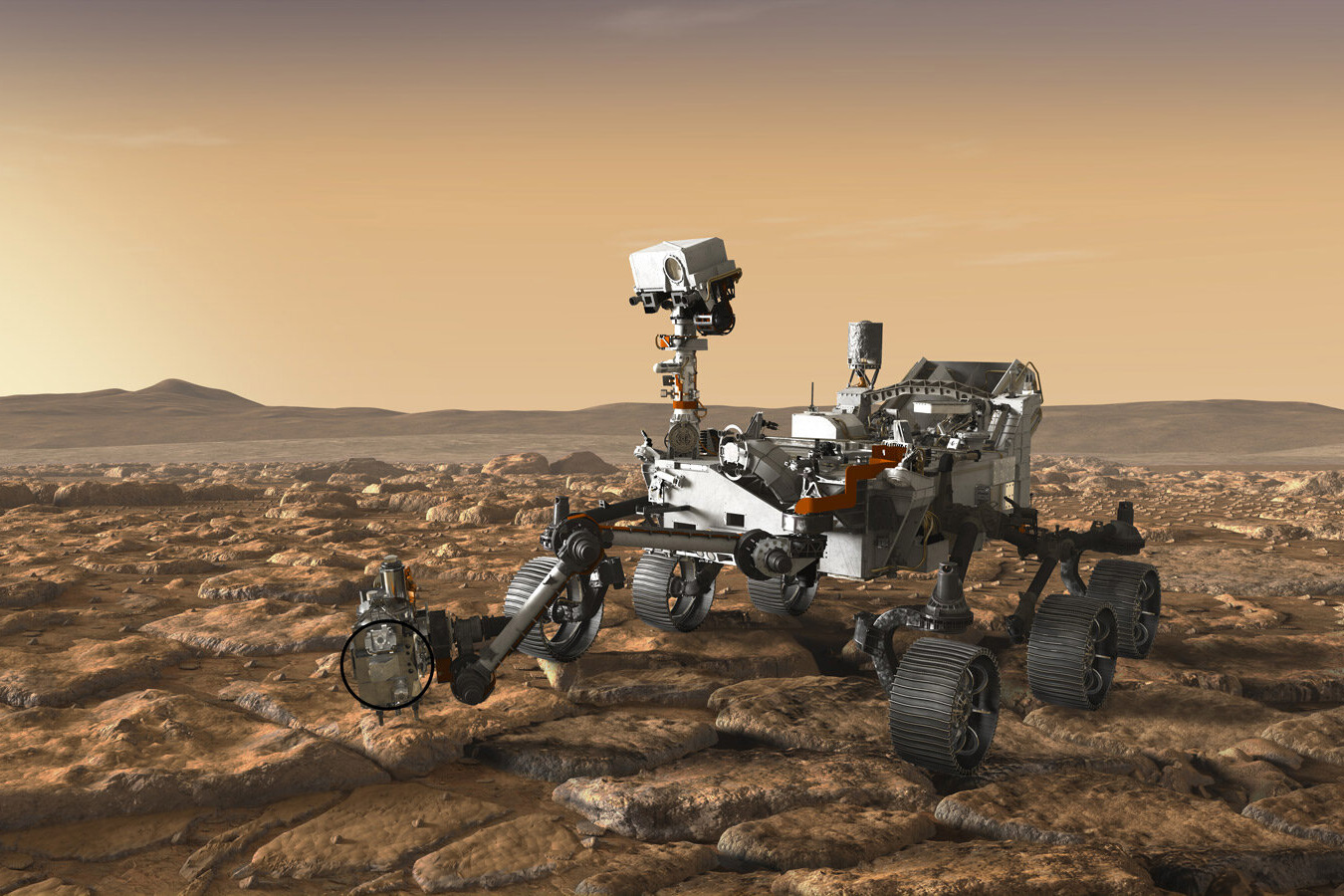In a new study published in AGU Advances, researchers from MIT and NASA unveil intriguing findings regarding Mars’ Jezero Crater. They report that seven rock samples collected from the crater’s “fan front” reveal the presence of minerals typically formed in water, indicating that these rocks may have originated from ancient aquatic conditions.
These samples were gathered by NASA’s Perseverance rover in 2022, during its mission to explore the western slope of Jezero Crater. Scientists hypothesize that the area, once home to a vast lake, played host to water-deposited sedimentary rocks. After scrutinizing the rover’s imagery and conducting chemical analyses, Perseverance’s science team—comprised of experts from MIT—has confirmed these rocks bear evidence of water activity, hinting at a potentially habitable environment in the past.
The existence of past life in the crater remains unconfirmed. Although the presence of organic matter, which is essential for life, cannot be validated with the rover’s current measurements, the mineral analyses suggest these samples hold the most promise for revealing signs of ancient Martian life once they are returned to Earth for advanced study.
“These rocks validate the notion of temporarily habitable conditions on Mars,” asserts Tanja Bosak, professor of geobiology at MIT. “Our findings clearly indicate significant water activity, although the duration remains uncertain. Nevertheless, it was certainly long enough to consolidate these extensive sedimentary formations.”
Compellingly, some of the obtained samples may date back over 3.5 billion years, long before life made its debut on Earth.
“These are the oldest water-deposited rocks we’ve ever examined,” mentions co-author Benjamin Weiss, Robert R. Shrock Professor of Earth and Planetary Sciences at MIT. “This is thrilling, as it raises the possibility of discovering fossils or life indicators within these ancient rocks.”
The study includes contributions from several MIT co-authors, including postdoc Eva Scheller and research scientist Elias Mansbach, along with other members of the Perseverance science team.
Exploring the Fan Front
The seven rock samples were procured as part of Perseverance’s Fan Front Campaign, targeting a geological area believed to be an ancient delta created by sediment carried by a river and deposited into a now-dry lakebed. If life ever existed on Mars, scientists believe that it may have been documented in the sediment layers at the fan front.
Perseverance meticulously collected seven samples across various locations, employing a core drilling technique to extract pencil-sized cores from the Martian bedrock, which are sealed in tubes for future return to Earth for comprehensive analysis.
Before core extraction, the rover photographed surrounding sediments at each site, allowing the science team to estimate the average grain size and mineral composition. This analysis affirmed that all seven samples likely suggest the presence of water, indicative of their initial deposition in an aqueous environment.
Bosak and her colleagues identified specific minerals in the sediments known to precipitate from water, including carbonates that contribute to reef formation on Earth. “We uncovered a plethora of minerals like carbonates, which present an ideal medium for preserving microbial life fossils,” Bosak emphasizes.
Interestingly, some samples from the fan front’s base contained sulfates—minerals associated with highly saline water, indicating that water was once abundant in the crater. However, high salinity could pose a problem for sustaining life. Bosak points out, “If the entire crater was filled with saline water, it would have been challenging for life to thrive, but if only the lake’s bottom was salty, it could actually help preserve signs of life from upper layers.”
“Regardless of salinity levels, if organics were present, it would be akin to pickling them in salt,” shares Bosak. “Any life that settled into the salty layer would be exceptionally preserved.”
The Search for Organic Matter
Despite these promising indicators, the presence of organic matter has yet to be definitively detected by Perseverance’s instruments. Organic matter could signify life, or it could arise from non-biological geological processes. Previously, Curiosity rover identified organic material throughout Gale Crater, possibly linked to past asteroid impacts.
During an earlier expedition, Perseverance observed organic molecules along Jezero Crater’s floor using its Scanning Habitable Environments with Raman and Luminescence for Organics and Chemicals (SHERLOC) instrument, which employs ultraviolet light to detect potential organic signatures. These signatures fluoresce under ultraviolet light, producing unique spectral “fingerprints” that can identify various organic molecules.
However, an in-depth analysis by MIT’s Eva Scheller revealed potential discrepancies. Some observed wavelengths that might indicate organic matter could also result from cerium metals found in minerals, producing similar signals. “Investigation showed potential organic signals were closely related to phosphate minerals, which invariably contain cerium,” explains Scheller.
“Thus, our findings don’t definitively confirm organic matter’s abundance,” Bosak notes. “This doesn’t indicate bad news; rather, it suggests organic material may exist but is presently below the rover’s detection capabilities.”
Once these samples return to Earth, Bosak is optimistic that advanced laboratory instruments will have the necessary sensitivity to detect any organic materials present. “On Earth, employing microscopes with nanometer-scale resolution and various advanced instruments unavailable on a single rover will enable us to search for signs of life more effectively,” she states in conclusion.
This groundbreaking research has received significant support from NASA.
Photo credit & article inspired by: Massachusetts Institute of Technology



